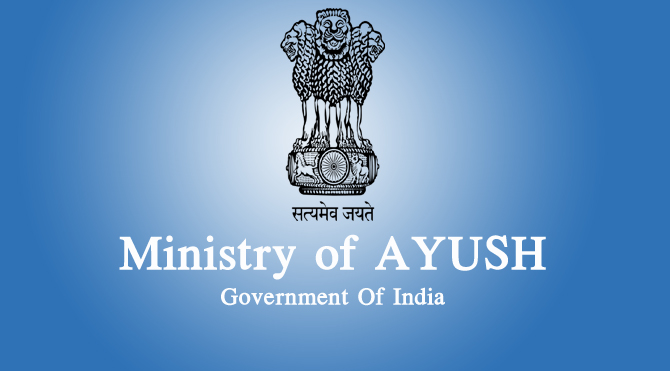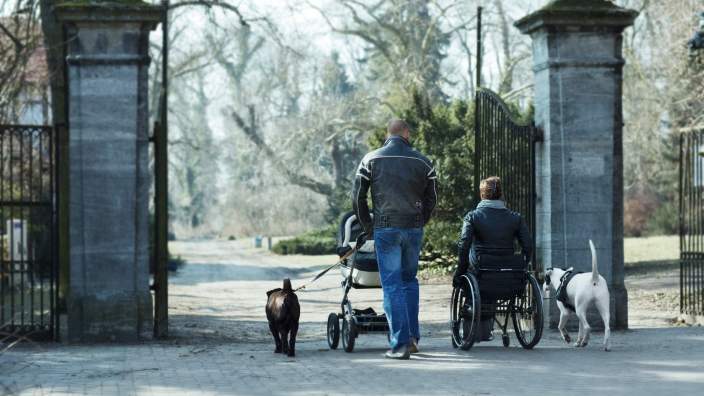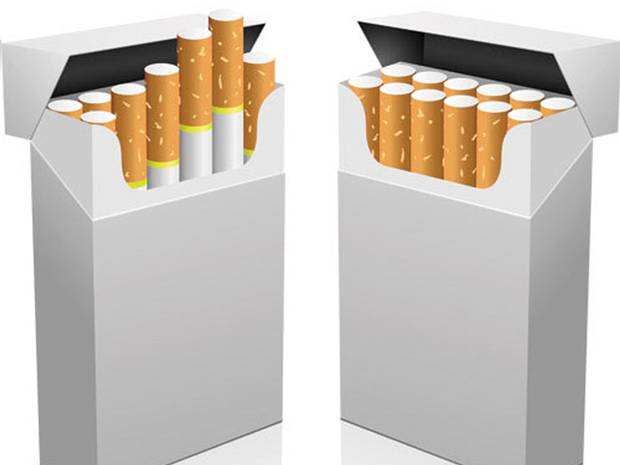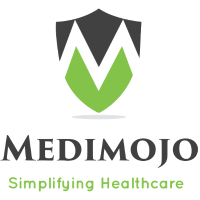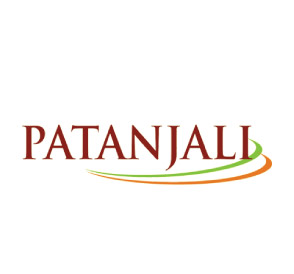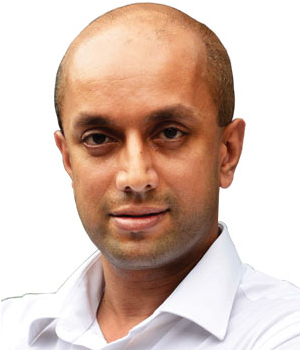
Using the latest advances in medical technology, World Health Partners (WHP) with support from Bill & Melinda Gates Foundation, have established a cost effective network of health services in rural areas in India. Harsh Shetty, Director – Technology and Innovation, WHP, in conversation with Shahid Akhter, ENN, uates the technology and innovations that redefine WHP

Director –
Technology and Innovation,
WHP was recently in news for 1,20,402 tele-medicine consultations which cost a fraction of a trip to an urban doctor. Most of these patients were from lowest economic background. How did you achieve this feat?
WHP has worked relentlessly over the last 6 years to ute this goal. We have listened closely to our healthcare providers to understand what works and what doesnt in a telemedicine consultation. We have also kept our focus on the lowest economic background. Our donors have strongly supported us in this.

Does this prove that telemedicine has really kicked off in India?
India is still in the early stages of the adoption of this technology but increasing, adoption in other countries both developed and developing indicates that this is a technology whose time has come. We are one of the few operators of telemedicine in India.
What were the obstacles you encountered in setting up your tele-medicine project?

As one of the innovators of this technology, we encountered all the teething problems that are experienced by the pioneers. The problems ranged from tuning sensors, increasing the range of sensors, the communication flow between patients-providers-doctors, the transmission and decoding of the prescription that is sent back. We now have a stable platform that we are taking to several countries.
(a) Poor internet connectivity: it is also one of the main operational problems today in these rural areas.
What initiatives you took to overcome them?
WHP has taken several initiatives to overcome these problems like
(a)Tuning sensors: We have a crisis helpline where a provider can report a problem. We have service teams on the ground that visit the providers as soon as a problem is reported. We have repair and tuning centers in close proximity for any sensors that need a significant fix.
(b) Increasing the range of sensors: To overcome this challenge, we strive to add more sensors as they become commercially viable. We are continuously watching developments in this industry.
(c) Communication flow: To streamline communication between providers and doctors, our design and human interaction experts work at both ends to simplify the experience.
(d) Transmission and de-coding of prescriptions: In the areas with low connectivity, we send the prescription back via coded SMS that is decoded at the provider end with a physical decoding manual. In areas with high connectivity, a prescription is sent back to the tablet device being used by the provider, he then takes printout of the documents via bluetooth-attached printers.
Besides tele-medicine, what other innovative technology initiatives were created in the rural areas?
1. Using Interactive Voice Response System(IVRS) for instance, we have a general healthline number for a community wherein people from the rural community can give a missedcall to this number and get an automoted call back, which is menu-driven system to give brief information and advisory of selected disease. This system educates the community on the disease before they head out to seek diagnosis from private/Govt facilities. We then pull children records from the call records based on disease selection and subsequently track for pneumonia and diarrhea.
2. Introducing tablet technology we have introduced tablet based technology for providers as a lower-cost solution to using a telemedicine platform. In this solution there is no video consultation but sensor data is still sent to our central medical facility (CMF) of doctors and the consultation happens over the phone.
In what way has IT affected healthcare delivery in India?
We are in an era which is the democratization of healthcare.
IT is having and will continue to have a tremendous impact on healthcare delivery in India. We are in the midst of an era at the culmination of which healthcare delivery will be unrecognizable from where it started. Especially in rural areas we are able to bring the latest technologies and knowledge to everyone.
IT touches every part of the ecosystem. As a result, access, experience and outcome is improved.
Access: Patients in both urban and rural settings have much more access to care providers and information. For instance, WHP has Skycare providers that reach out to rural patients and Skyhealth centers from which patients have telemedicine access to urban doctors.
Experience: Modern IT technologies seamlessly move patient medical record data between first line providers, specialists, hospitals and chemists. Coupled with technologies that support post-care, the healthcare experience has improved significantly.
Outcome: As a result of a tremendous amount of information now easily available and peer networks amongst doctors facilitated by IT, outcomes have improved.
How have you integrated mobile applications?
Different entities in our value chain use specific mobile apps with the data being written back to our central data warehouse in real time. For instance, a provider may use a diagnosis app, a field officer may use a data capture app regarding how many patients were treated by the provider, a supply officer may use an app that registers how much inventory is available in various chemist shops. Data from each app is entered into our central data warehouse in real time.
Does IT require investment and long term vision to conceptualize any strategy?
Without long term vision, the organization ends up with ad-hoc solutions and it becomes difficult to have a single view/ analysis of the data. Without a concrete analysis of the data, it isnt easy to take management and operational decisions. Investment comes next, the vision has to be clear first. With a clear vision, you can start working on specific parts of the vision even without much invest- ment. You need more investment if you are looking at capital-intensive deployments of technology (such as remote/ robotic surgery) or if you are going to invest in medical technology research.
The vision has to accommodate the rapid changes in technology we see today. Lightweight apps for various entities in the value chain are the norm now. Electronic sensors become cheaper and cheaper every day, and the best, cheapest sensor must be integrated into the vision.
Be a part of Elets Collaborative Initiatives. Join Us for Upcoming Events and explore business opportunities. Like us on Facebook , connect with us on LinkedIn and follow us on Twitter , Instagram.



